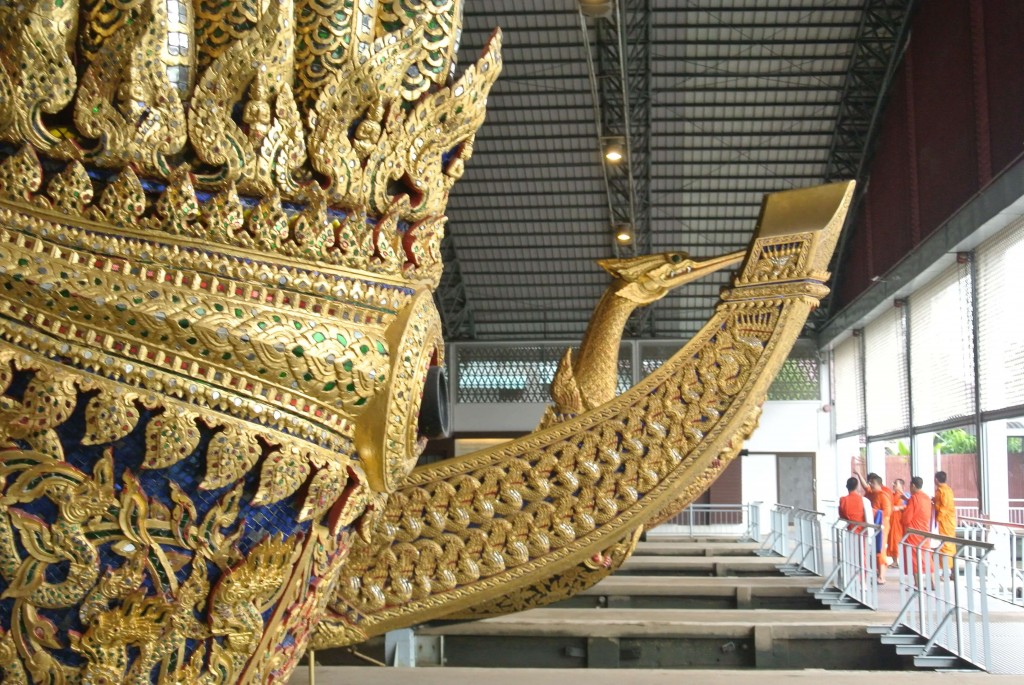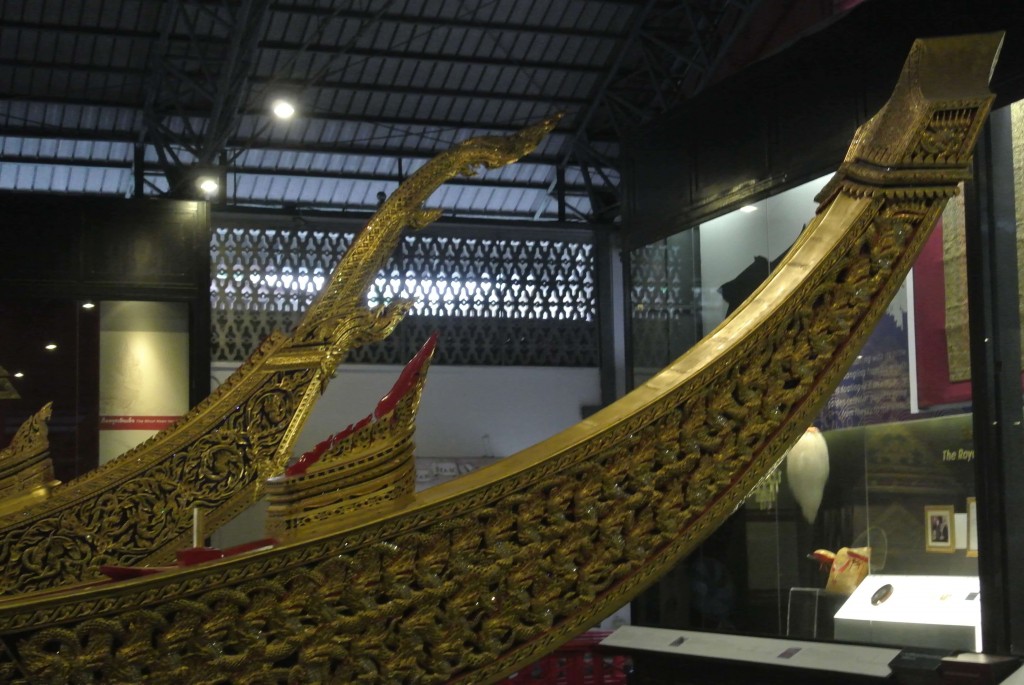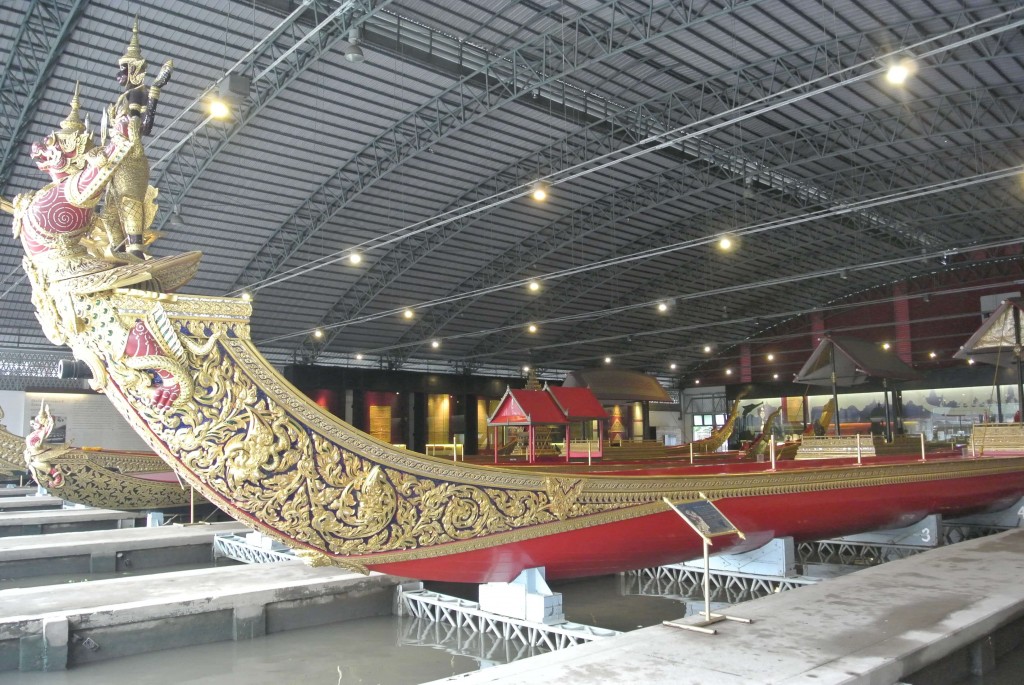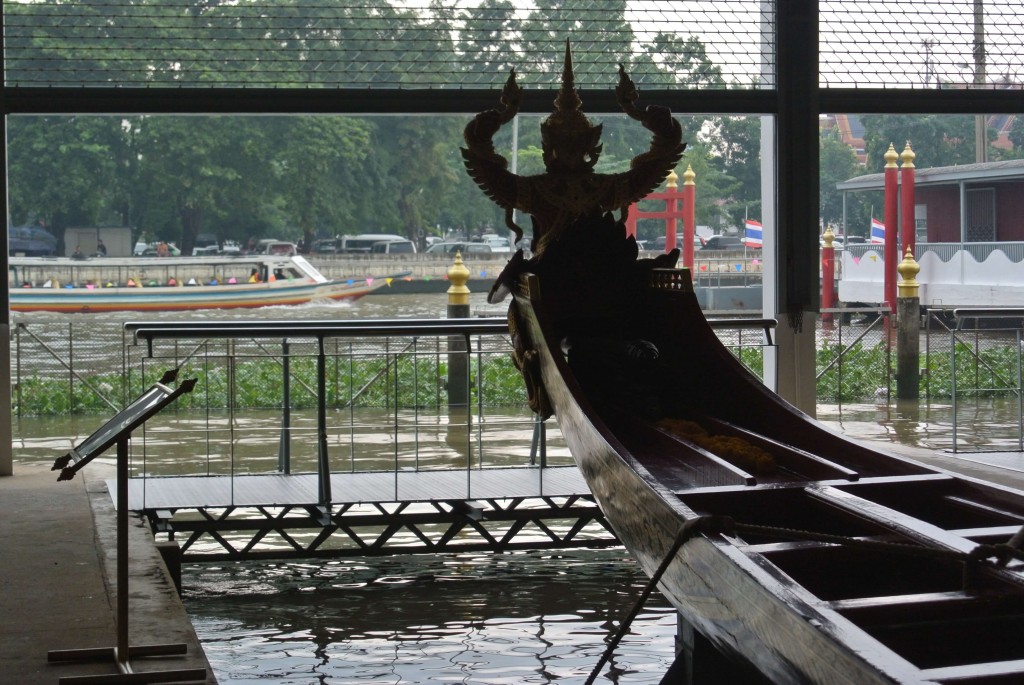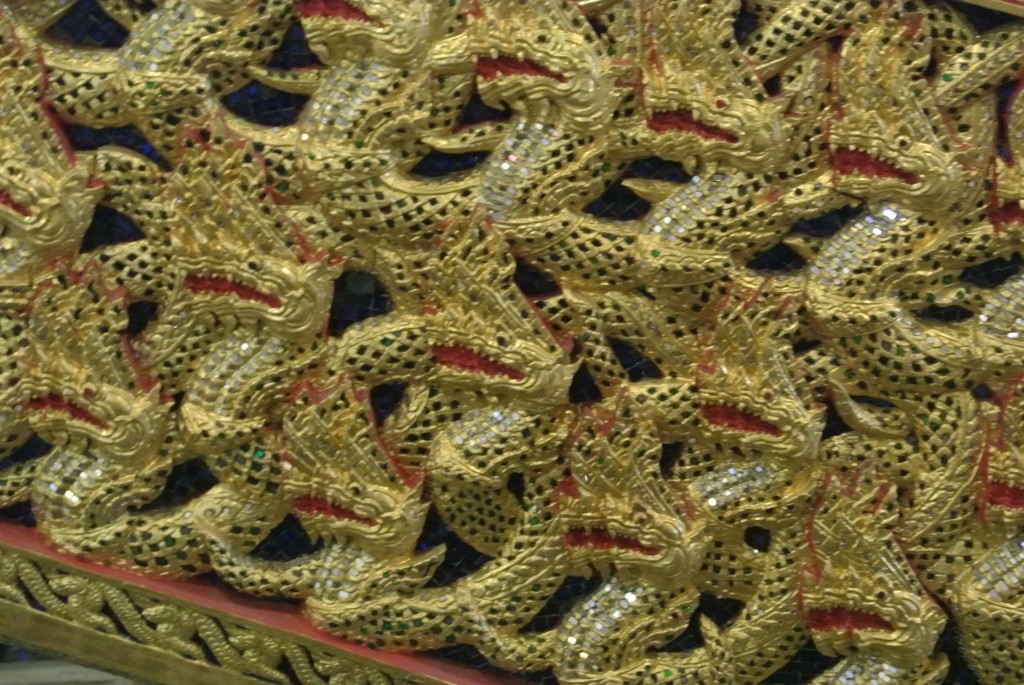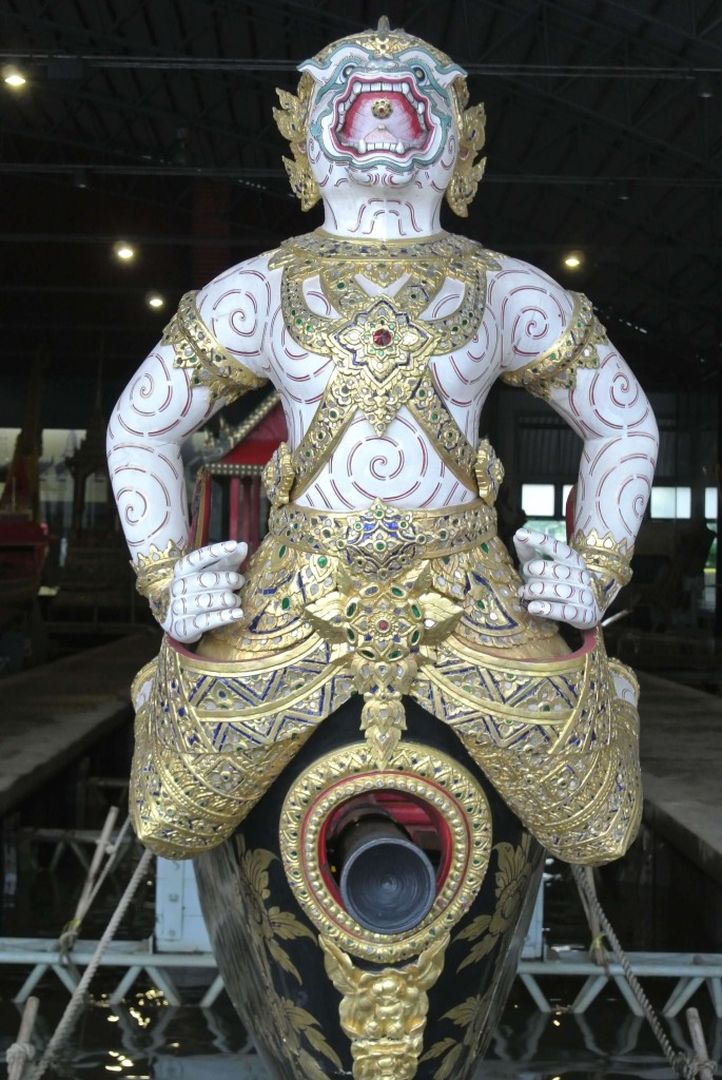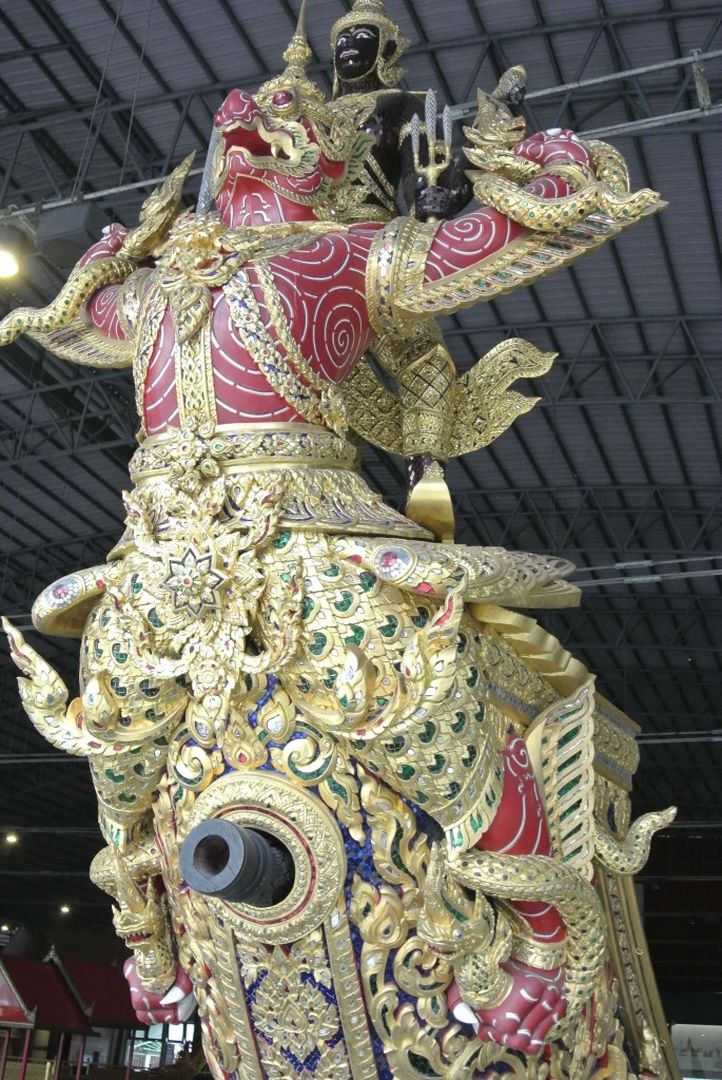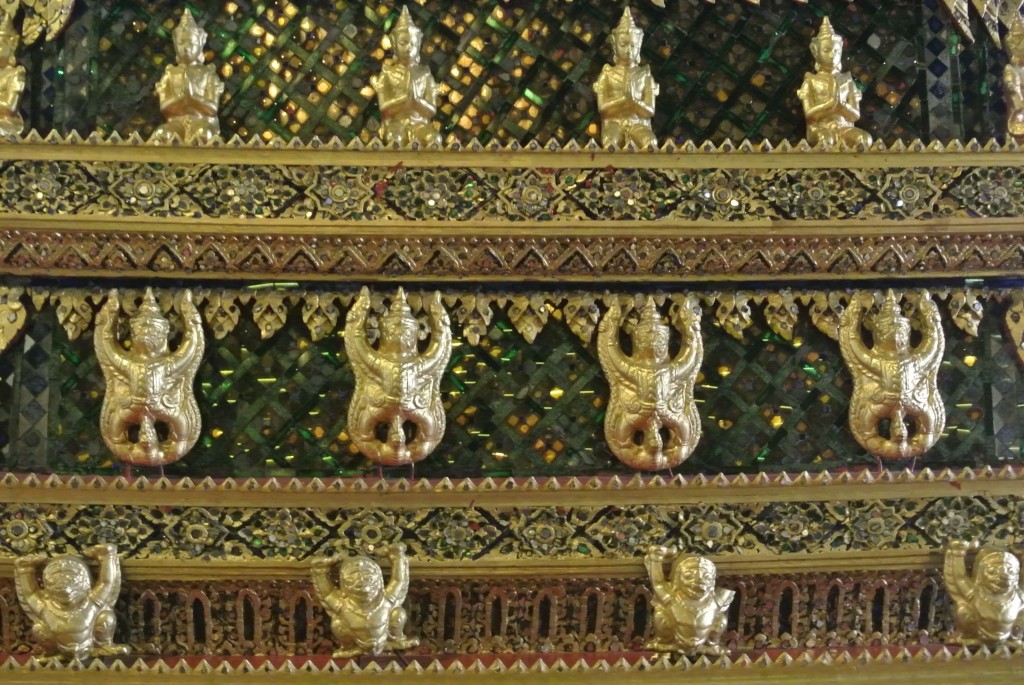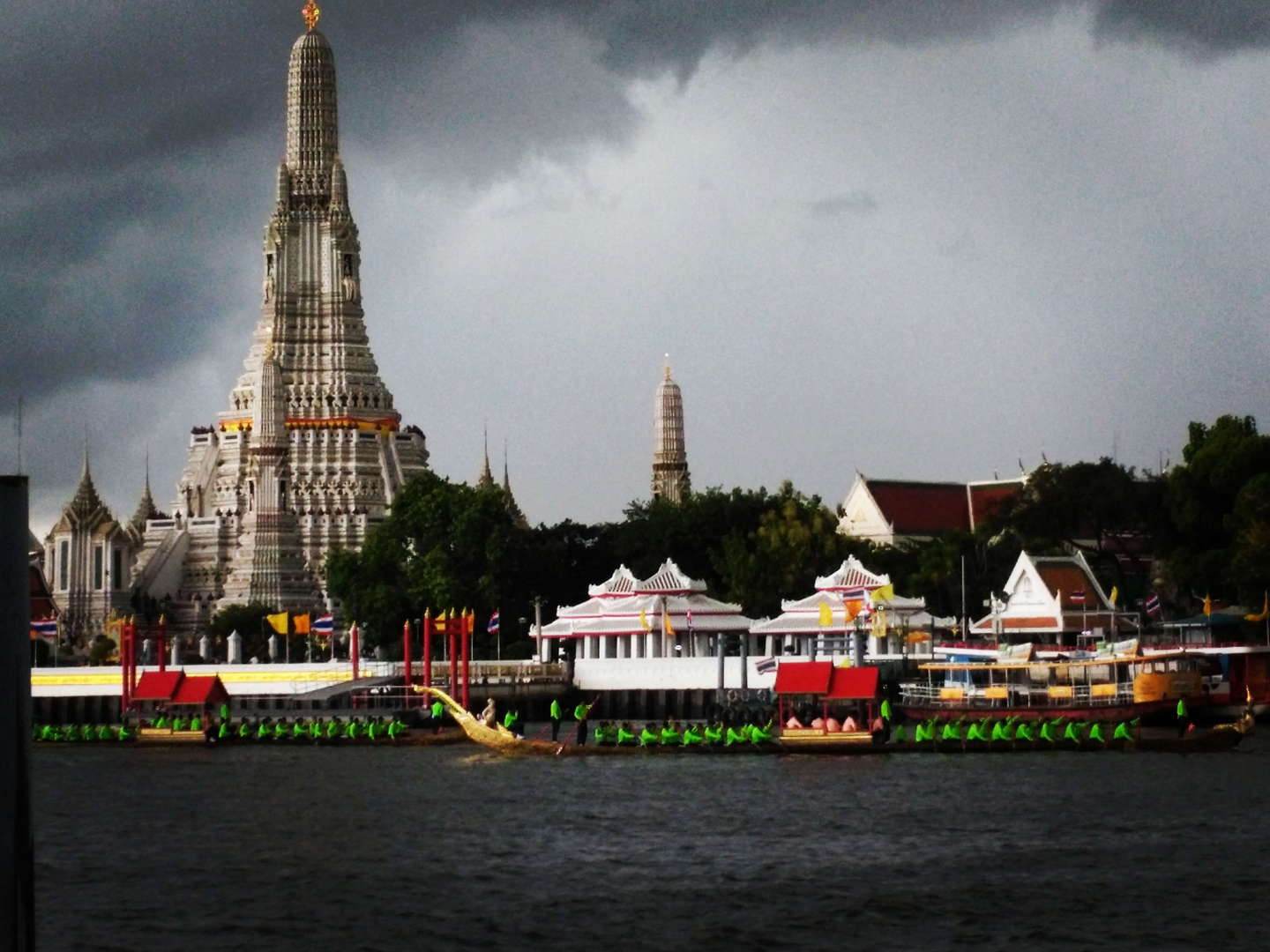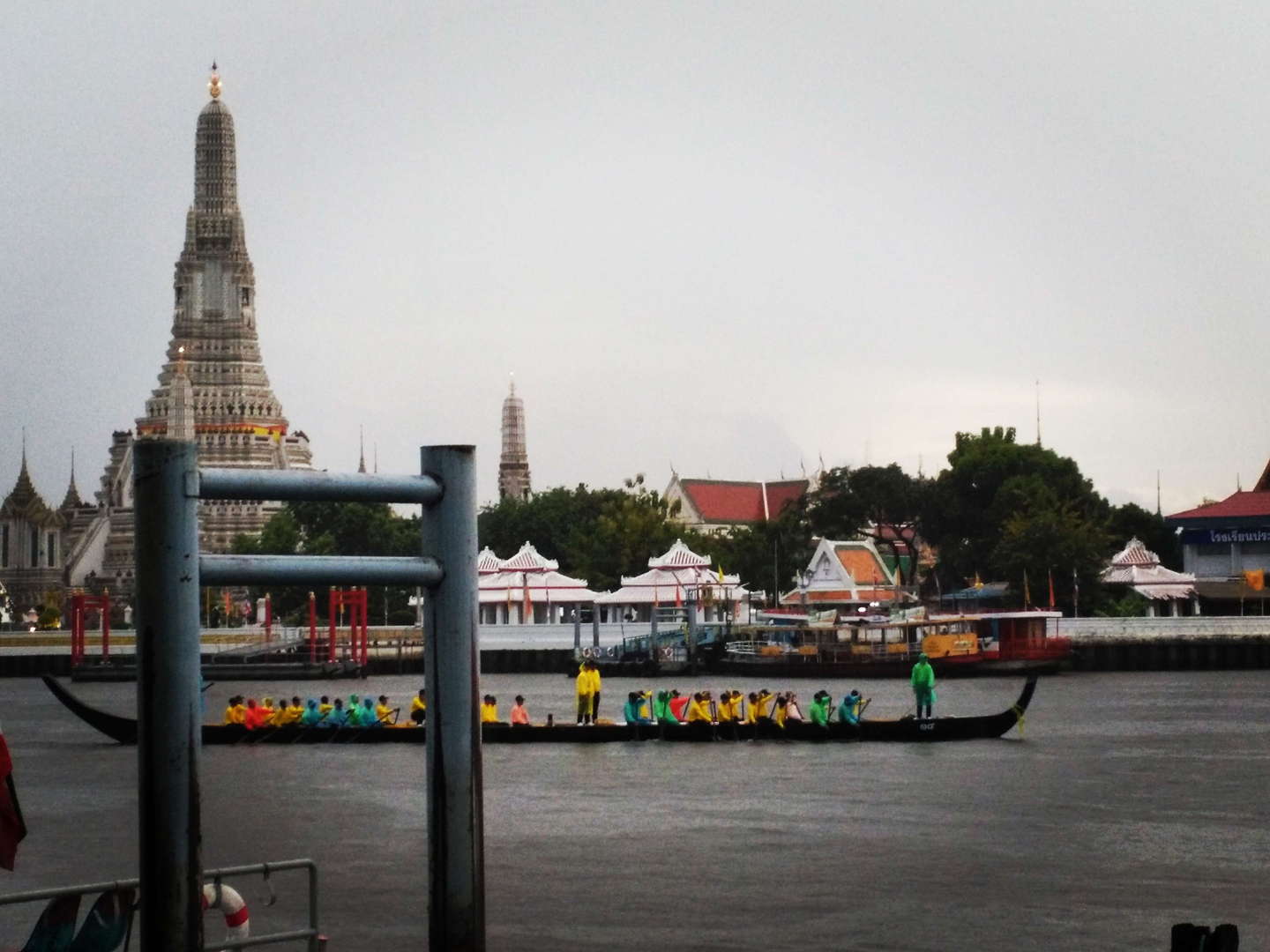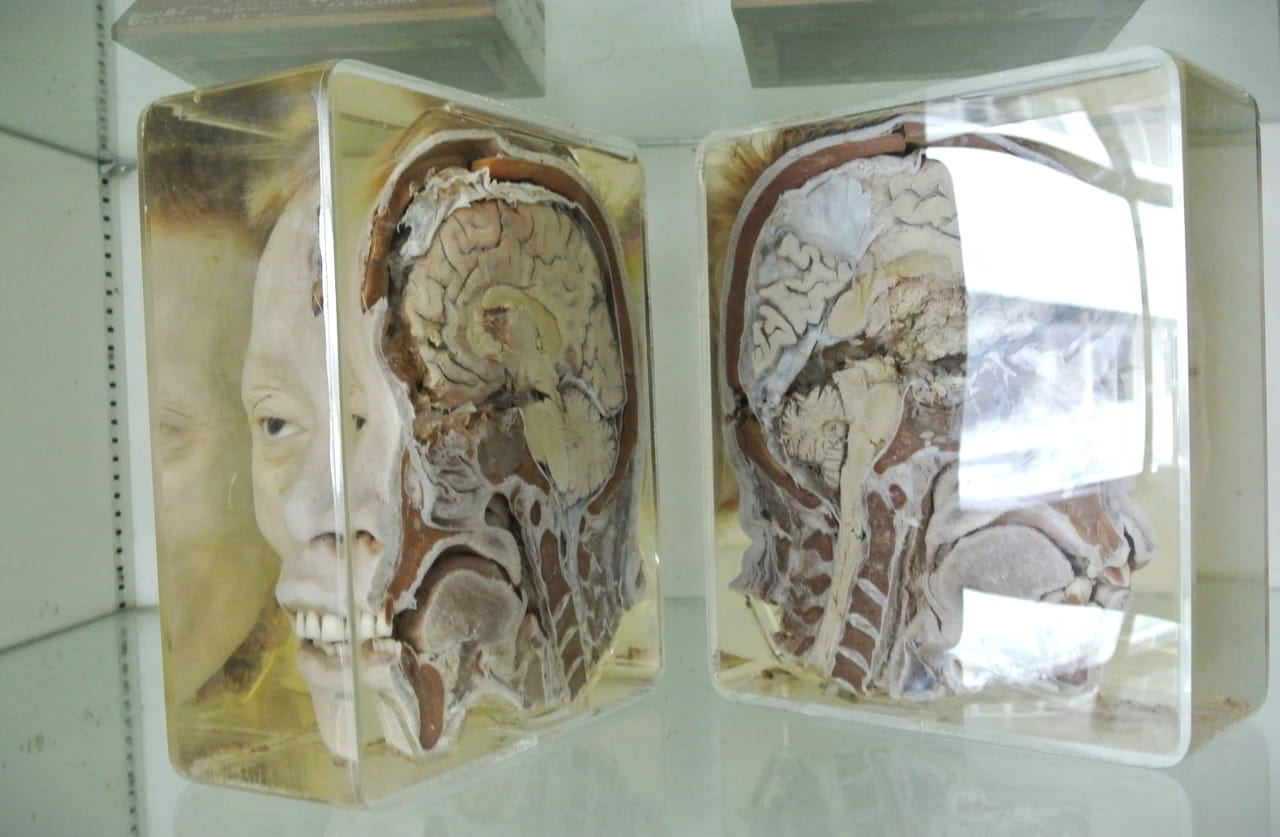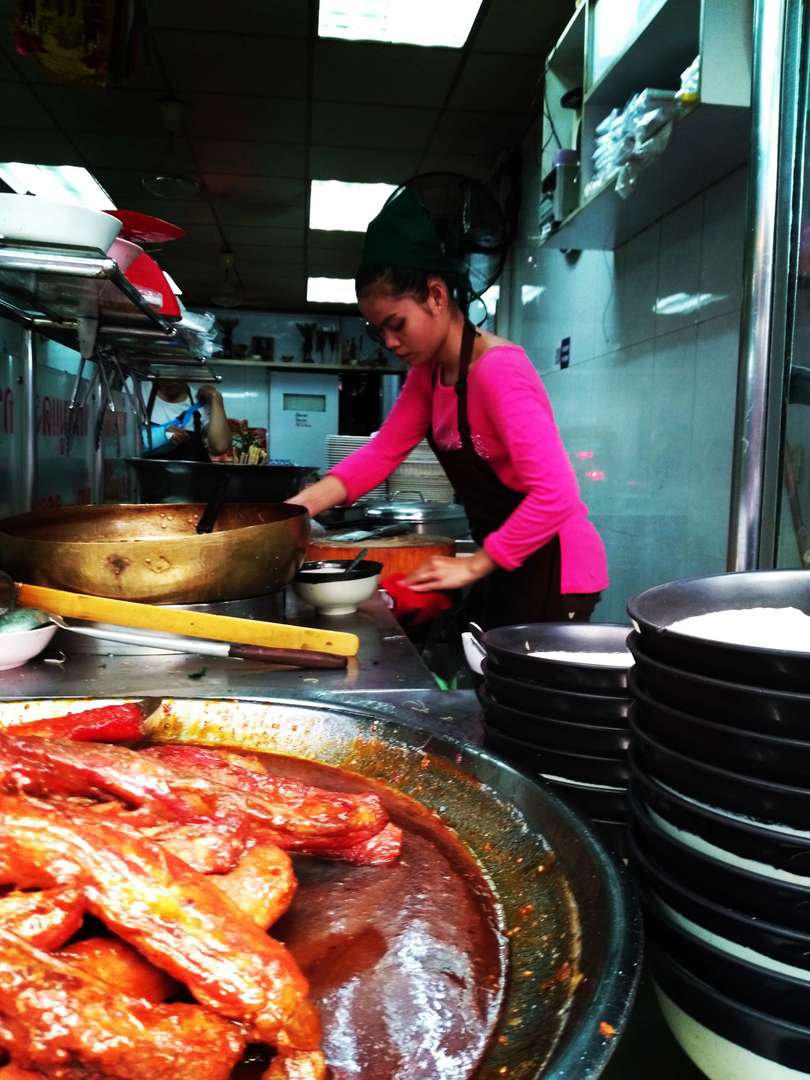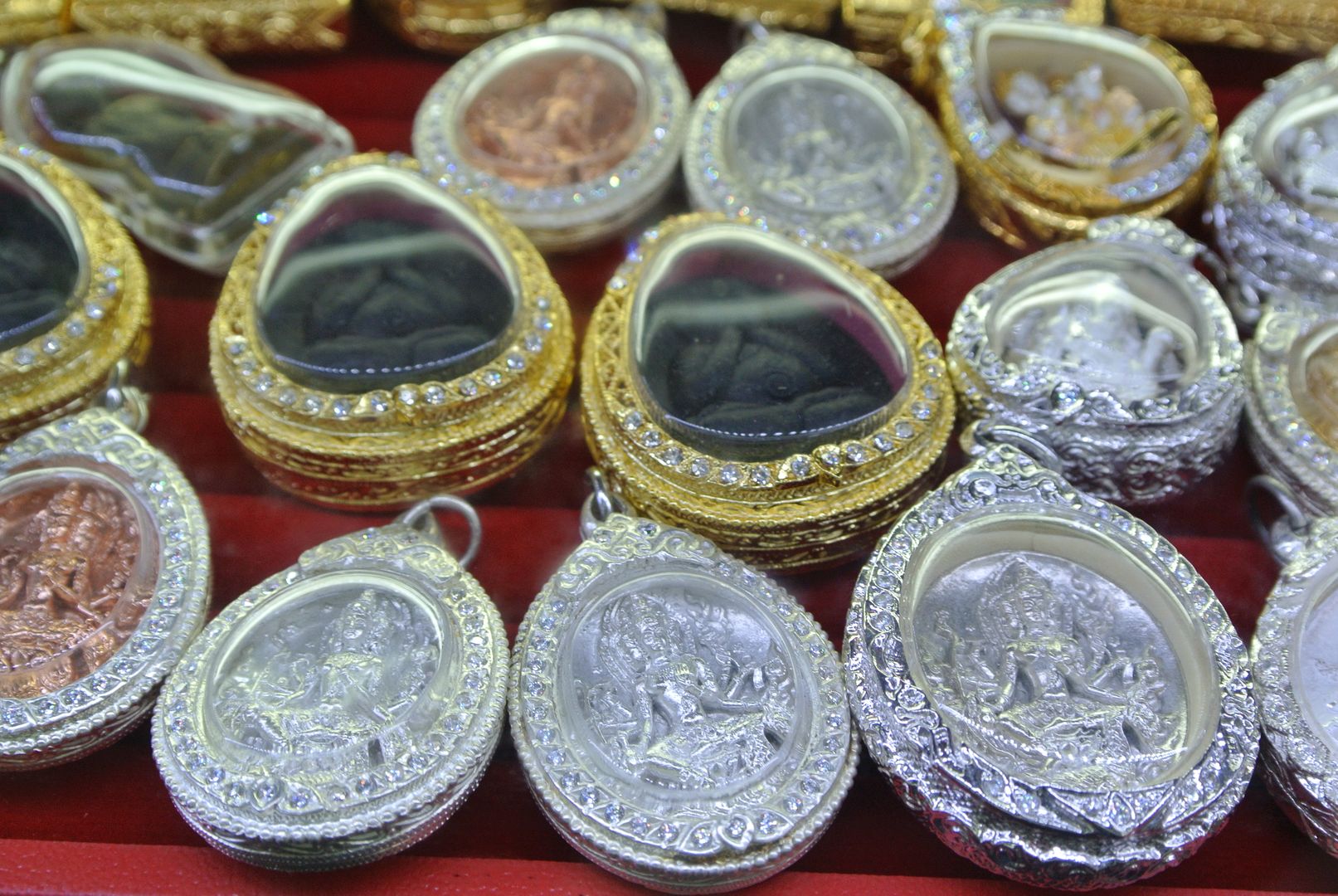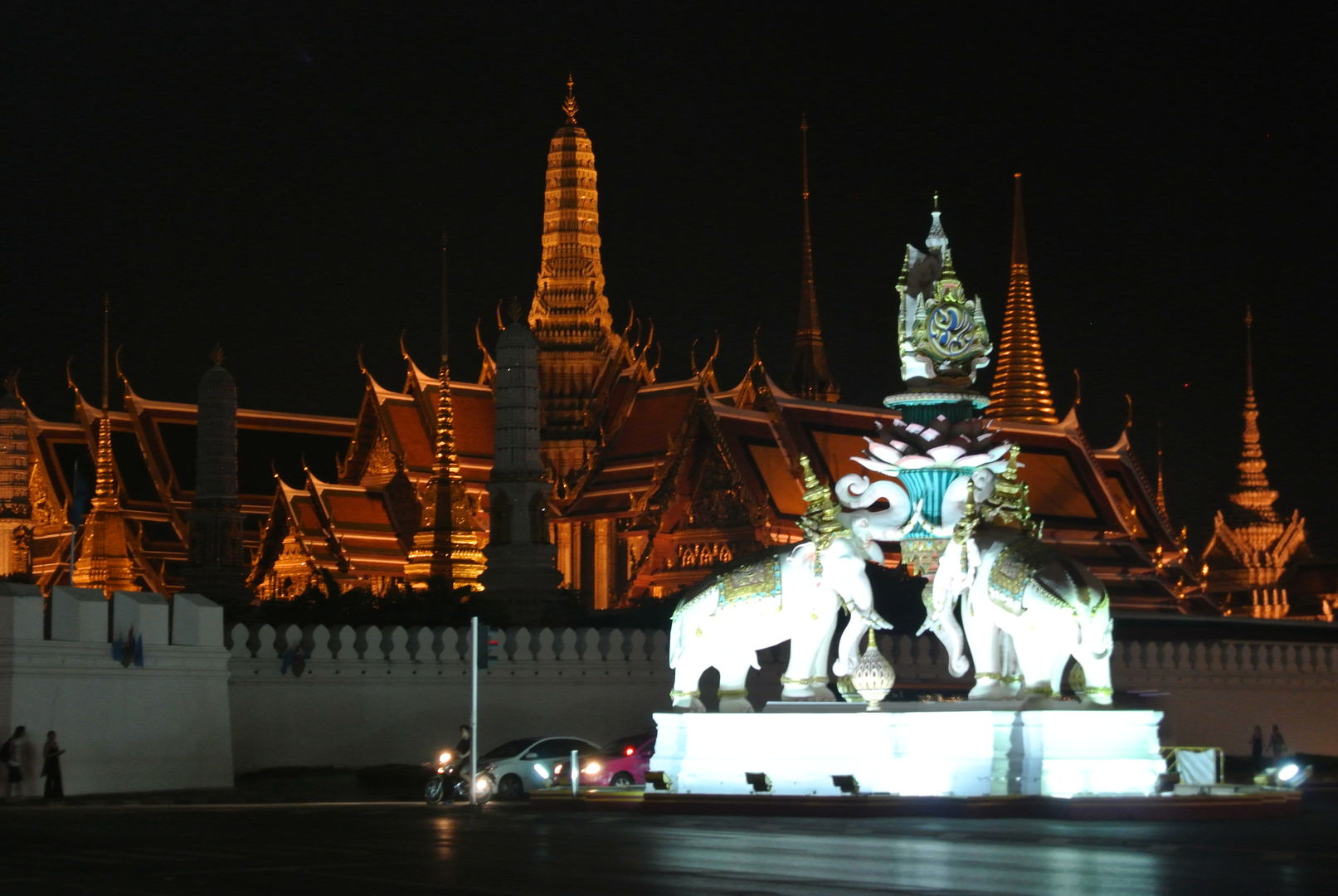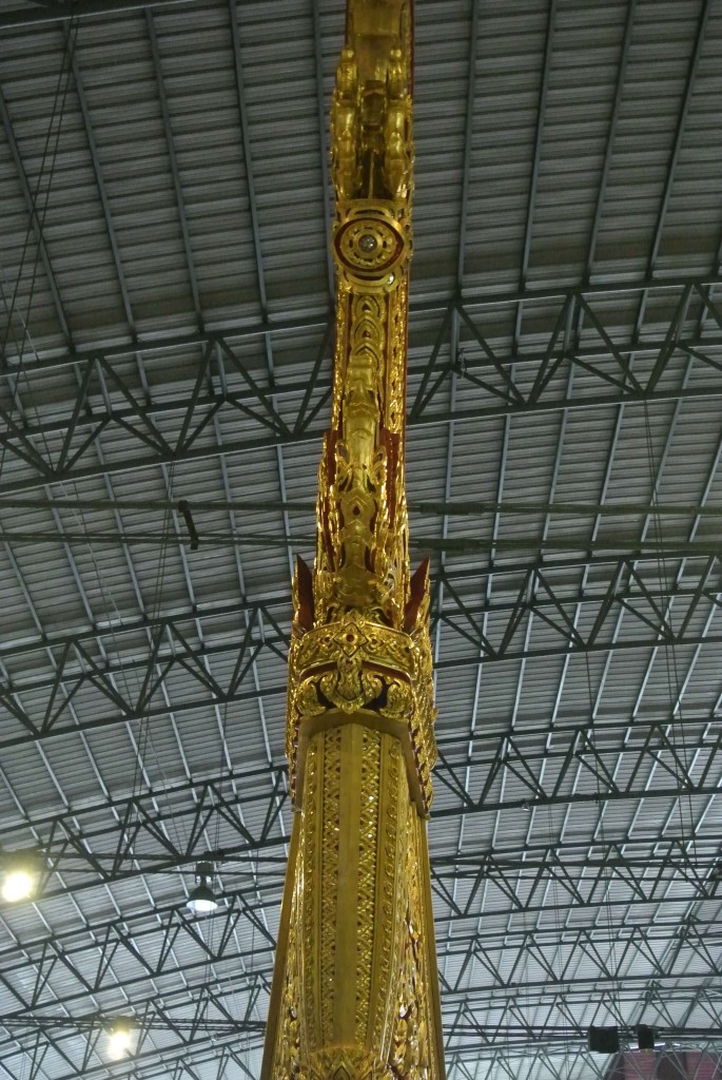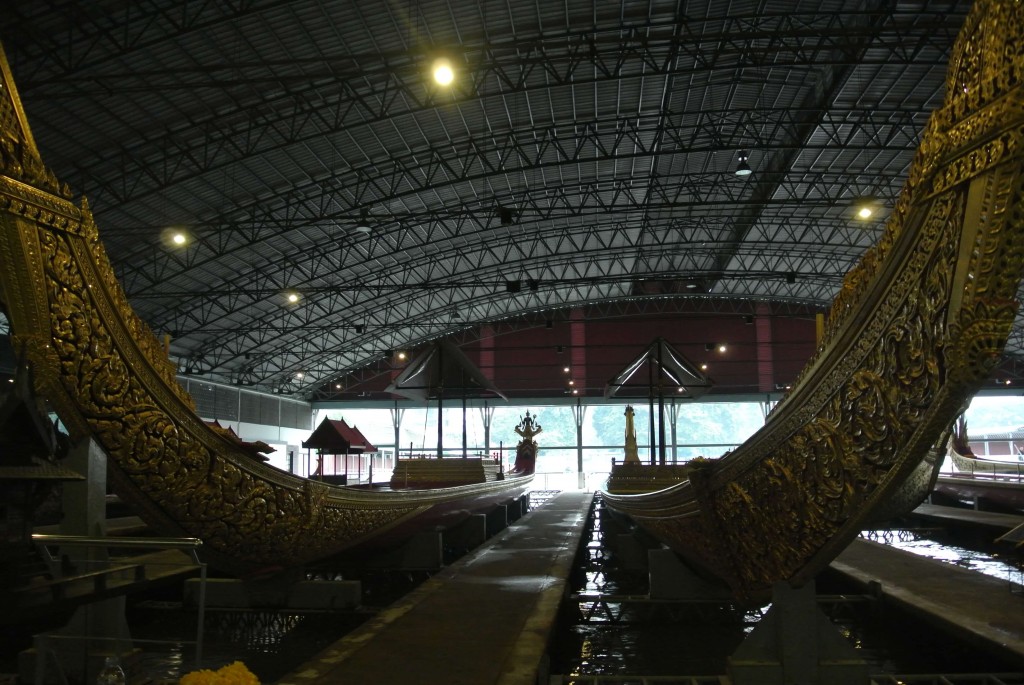
Royal Barges Museum in Bangkok: A Hidden Gem on the Chao Phraya River
Bangkok’s Royal Barges Museum is one of the city’s most unique attractions. Tucked away on the Bangkok Noi Canal, this hidden gem houses Thailand’s most breathtaking royal boats. Learn about their craftsmanship, history, and role in spectacular royal ceremonies.
A Hidden Treasure Along the Chao Phraya River
This museum is a hidden gem, tucked between the Bangkok Noi Canal (leading to the famous Artists House) and the Chao Phraya River. Rather than arriving by boat, visitors must navigate a maze of narrow alleyways (soi). These winding paths were intentionally designed to prevent theft, as the only true exit for the grand vessels is the river itself. Walking through these quiet lanes offers a glimpse into local life, far from Bangkok’s bustling streets.
Masterpieces of Thai Craftsmanship: The Royal Barges
Stepping inside, visitors are greeted by a lineup of magnificent royal barges, some spanning over 45 meters in length. These vessels showcase Thailand’s rich heritage of woodworking, lacquer artistry, and naval craftsmanship. The intricate details on each barge, particularly the figureheads adorning the bows, reflect centuries-old traditions. Some even conceal a now-defunct cannon, a nod to their historical significance.
Note that all the barges were restored at the same time, in the mid-1960s. This period corresponded to King Rama IX’s desire to revitalise Thailand’s moribund heritage. This initiative still allows us to see these works of art and this centuries-old inland waterway.
The Royal Barges in Thailand’s Grand Ceremonies
Though these barges were never used in battle, they played a key role in royal processions. The traditional formation consisted of five rows of boats: two outer rows with 14 vessels each, two inner rows with seven, and a central row of 10 boats carrying the monarch. Every movement followed a rhythmic drumbeat, and even today, rowers undergo rigorous training to maintain perfect synchronization.
Recent Royal Barge Processions: 2019 and 2024
The last two processions took place at the end of 2019 and in 2024. Large processions are therefore rare.
The 2019 ceremony was the final ceremony to complete the long procession of King Rama X’s coronation. In 60 years, there have only been 17 processions. They are rare. This procession was the new king’s first. He took his place in the Royal Barge Suphannahong - the Royal Swan Barge.
The 52 royal barges that can be seen in museums were present for this historic ceremony. No fewer than 2,200 sailors in traditional costumes were on hand to take the monarch on a journey of just over 4 km to Wat Arun. He was then able to perform the Buddhist rite - Kathin Ceremony - which consists of honouring the monks by offering them robes and receiving their blessings in return.
The 2024 Royal Barges Ceremony took place on 27 October. This procession was organised as part of the celebrations for the anniversary of His Majesty the King’s 6th cycle, which took place on 28 July 2024. A total of 52 barges took part in the ceremony, including the four great royal barges: Suphannahong, Narai Song Suban, Anantanakkharat and Anekkachatphutchong. More than 2,200 rowers took part in this ritual honouring the king.
Essential Visitor Information for the Royal Barges Museum
- Address: Royal Barges Museum - Arun Amarin Rd, Arun Amarin, Bangkok Noi, Bangkok 10700
- Official website - Facebook
- Admission fee: 100 baht - Camera (including phone and tablet): 100 baht - Camera: 100 baht
- Open daily from 9am to 5pm
- Closed on 1 January, 13-15 April and 31 December
- How to get there: get off at pier 12: Phra Pin Klao, turn left as you leave the pier and walk along the boulevard for 200 metres, then turn left. Follow the signs.
FAQ about the Royal Barges Museum
How long does a visit to the Royal Barges Museum take?
A visit usually takes 30 to 45 minutes, but you may want to explore the nearby canals and local streets.
Can I take a boat to the museum?
No, the museum is best accessed by foot through narrow alleyways. However, you can enjoy a scenic boat ride on the nearby Chao Phraya River.
When is the best time to visit?
The museum is open daily, but visiting in the morning or late afternoon avoids the heat and crowds.



